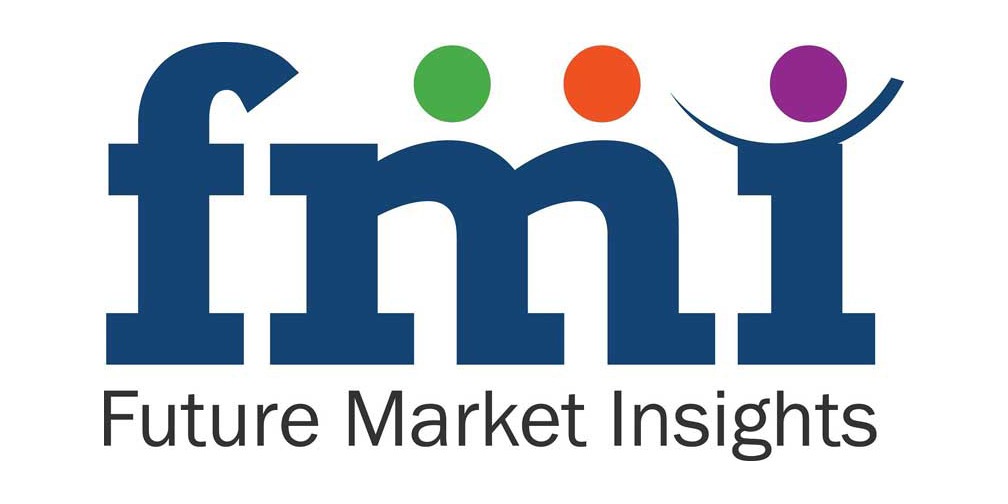According to Future Market Insights (FMI), the worldwide frozen ready meals market size is anticipated to reach US$ 44,318.9 million in 2024. It will likely experience steady growth, with global demand for frozen ready meals rising at a CAGR of 5.2% throughout the forecast period. By 2034, the global market valuation is expected to total US$ 73,862.0 million.
Growing preference towards convenience and ready-to-eat food products worldwide is a key factor driving the global frozen ready meals market forward.
While most customers still consider frozen food to be a backup option, core consumers are increasingly likely to buy products with specific meals in mind. Buying frozen food is regarded to be more cost effective and saves time at the grocery shop.
Time can be saved by using frozen ready meals, which are a complete lunch or dinner option. People having busy schedules can use these products as they are easy to prepare than cooking from scratch. This is a primary factor that influence frozen ready meal sales.
Growing food insecurity concerns and need for reducing food wastage are also prompting people to choose frozen food products including frozen ready meals due to their higher shelf life and easy availabity.
Subsequently, availability of a wide range of frozen ready meals including frozen chicken meals and frozen vegetarian meals on online sales platforms will help the market to thrive rapidly over the next ten years.
However, growing concerns about side effects of frozen foods can limit market expansion duing the projection period. As frozen food products are meant to last for longer period, artificial additives are added to them in order to increase their shelf life.
Request Sample Report and Drive Impactful Decisions
https://www.futuremarketinsights.com/reports/sample/rep-gb-6113
A high amount of sodium is added to frozen foods to maintain their qualitative characteristics for a substantial period of time. Excessive consumption of sodium and artificial food additives through frozen ready-meal products can have harmful effects on consumers’ health. Also, a variety of physical and chemical processes are performed on frozen ready meal products to improve their nutritive value.
Leading companies are constantly launching new products and delivery services to increase their sales and expand their customer base. Further, they are improving their production processes and packaging.
In the frozen food sector, packaging is essential since it improves the quality and appearance of the product. The shelf life of frozen food products can be increased by implementing suitable packaging methods during production.
Packaging that appeals to the eye can draw in lots of customers and increase demand for frozen food goods. To comply with environmental standards and draw in ecologically conscious customers, top manufacturers are creating biodegradable packaging options. Technological advances in packaging techniques can greatly increase product sales since they enhance product quality to a larger level.
- Key Takeaways from Frozen Ready Meal Market Projections (2024 to 2034):
- Diverse Growth Rates: The expected Compound Annual Growth Rates (CAGRs) reflect a diverse landscape in the global frozen ready meal market, indicating varied consumer preferences and market dynamics across regions.
- Steady Growth in the U.S.: The United States anticipates a moderate CAGR of 3.2%, suggesting a stable but gradual increase in demand for frozen ready meals. This may be influenced by factors such as convenience and busy lifestyles.
- China’s Robust Expansion: China stands out with a significant CAGR of 5.0%, indicating a robust growth trajectory in the frozen ready meal market. This growth aligns with the country’s evolving consumer habits and increasing acceptance of convenient food options.
- Conservative Growth in the UK: The United Kingdom exhibits a more conservative CAGR of 2.7%, possibly reflecting a market with a slower adoption rate of frozen ready meals compared to other regions.
- India’s Accelerated Demand: India showcases a higher CAGR of 5.2%, signifying an accelerated demand for frozen ready meals. This growth may be attributed to urbanization, changing lifestyles, and an increasing preference for quick and easy meal solutions.
- Japan’s Rapid Market Evolution: With a notable CAGR of 7.6%, Japan emerges as a market undergoing rapid evolution in frozen ready meals. This could be driven by a shift in consumer habits or a growing appreciation for the convenience of frozen food options.
- Global Market Dynamics: The varied CAGR values highlight the importance of understanding unique regional factors influencing frozen ready meal consumption. Tailored strategies that consider cultural, economic, and lifestyle differences will be key for success in this global market
“Rising food insecurity and increase in food wastage will have a profound influence on frozen food sales including frozen ready meals over the next ten years as these foods have extended shelf life and reduce wastage to a great level,” says Nandini Roy Choudhury, Client Partner at Future Market Insights
Gain Immediate Access to Detailed Market Insights Purchase Now: https://www.futuremarketinsights.com/checkout/6113
Who is Winning?
Leading frozen ready meal companies profiled in the report include General Mills Inc., Pinnacle Foods, Inc., J.R. Simplot Co., Nestle S.A, California Pizza Kitchen, H.J.Heinz, Dr. Oetker GmbH, ConAgra Foods, Inc, Daiya Foods Inc., Atkins Nutritionals Inc., and FRoSTA AG.
Key Market Developments:
- In 2018, Conagra Brands Inc. acquired Pinnacle Foods to strengthen its customer base and accelerate the next wave of change.
Get More Valuable Insights
Future Market Insights, in its new offering, provides an unbiased analysis of the frozen ready meals market presenting historical demand data (2018 to 2022) and forecast statistics for the period from 2023 to 2033.
The study provides compelling insights into the frozen ready meals market based on product type (vegetarian meals, chicken meals, beef meals), and distribution channel (modern trade, food chain services, convenience stores, departmental stores, online stores) across several regions.
Global Frozen Ready Meals Industry Segmentation
By Product Type:
- Vegetarian Meals
- Chicken Meals
- Beef Meals
- Other Meals
By Distribution Channel:
- Modern Trade
- Food Chain Services
- Convenience Stores
- Departmental Stores
- Online Stores
By Region:
- North America
- Latin America
- Europe
- East Asia
- South Asia
- Oceania
- Middle East & Africa
About Future Market Insights (FMI)
Future Market Insights, Inc. (ESOMAR certified, recipient of the Stevie Award, and a member of the Greater New York Chamber of Commerce) offers profound insights into the driving factors that are boosting demand in the market. FMI stands as the leading global provider of market intelligence, advisory services, consulting, and events for the Packaging, Food and Beverage, Consumer Technology, Healthcare, Industrial, and Chemicals markets. With a vast team of over 400 analysts worldwide, FMI provides global, regional, and local expertise on diverse domains and industry trends across more than 110 countries.
Contact Us:
Future Market Insights Inc.
Christiana Corporate, 200 Continental Drive,
Suite 401, Newark, Delaware – 19713, USA
T: +1-845-579-5705
For Sales Enquiries: sales@futuremarketinsights.com
Website: https://www.futuremarketinsights.com
LinkedIn| Twitter| Blogs | YouTube



